#Saint Mark
Text
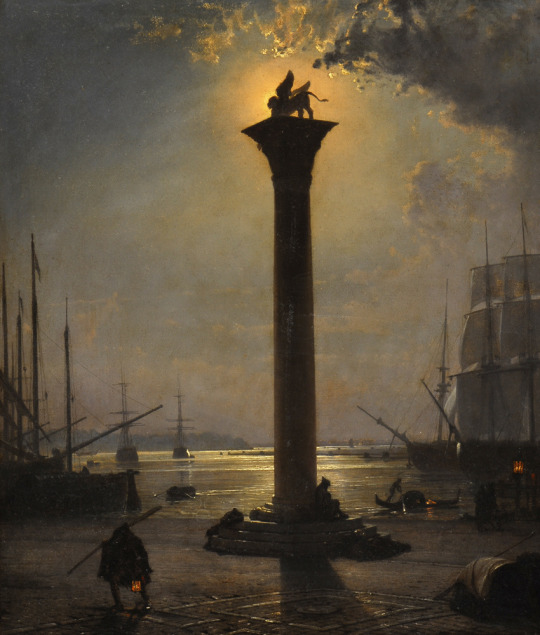
Piazetta San Marco in Moonlight by Friedrich Paul Nerly
#friedrich paul nerly#art#venice#federico paolo nerly#venetian#san marco#italy#lantern#ship#ships#piazza san marco#piazetta san marco#st mark's square#st mark#saint mark#venezia#europe#european#seascape#piasa san marco
458 notes
·
View notes
Text

Basilica di San Marco - VENEZIA
#basilica di san marco#saint mark#san marcos#basilica#venezia#venecia#venice#veneto#italia#italy#europe#europa
183 notes
·
View notes
Text

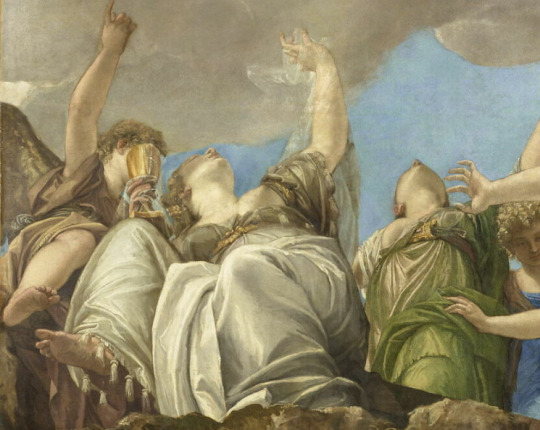
Saint Mark crowning the virtues, Paolo Veronese,
#art history#art#italian art#painting#aesthethic#paolo veronese#saint mark#virtues#venetian art#louvre#16th century#17th century
56 notes
·
View notes
Text
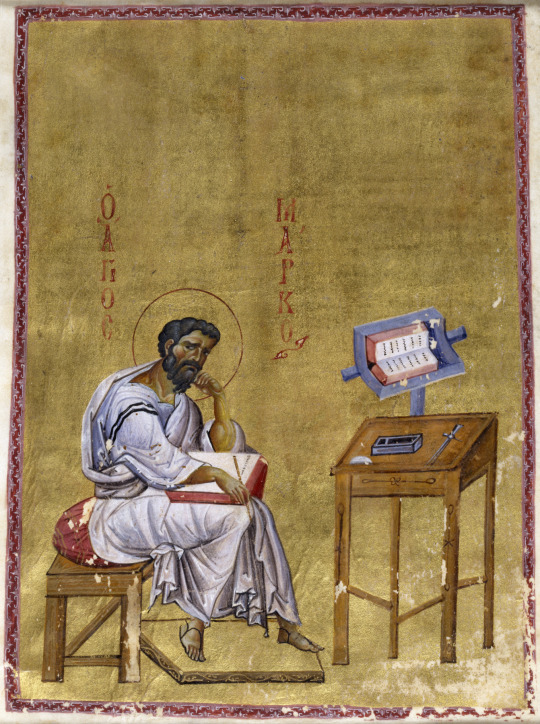
Mark the Evangelist seated in his study. Illuminated leaf (ink, paint, and gold on parchment) from a Gospel lectionary produced at Constantinople by an unknown artist, ca. 1025-1050 (during the "Macedonian Renaissance"). Now in the Walters Art Museum, Baltimore.
#art#art history#Middle Ages#medieval#medieval art#Byzantine#Byzantine Empire#Byzantine art#religious art#Christian art#Christianity#Saint Mark#illuminated manuscript#manuscript illumination#11th century art#Walters Art Museum
255 notes
·
View notes
Text
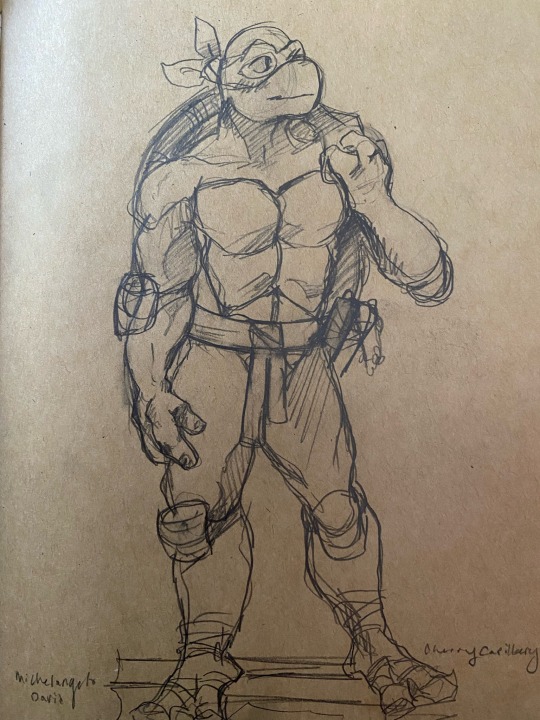
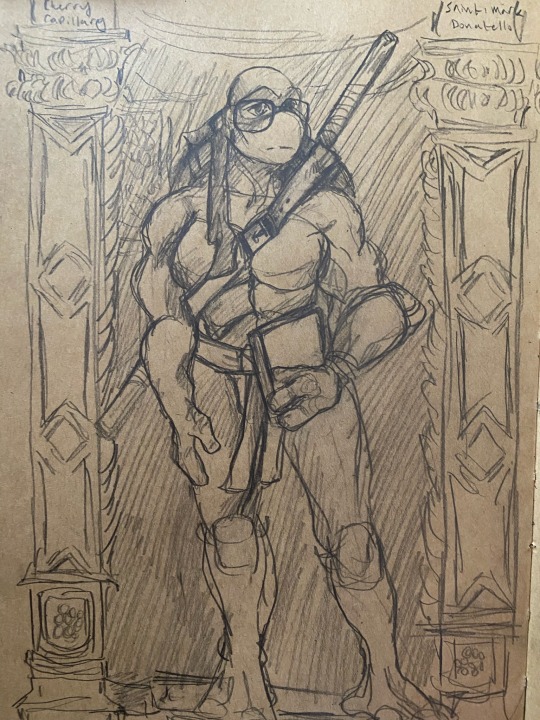
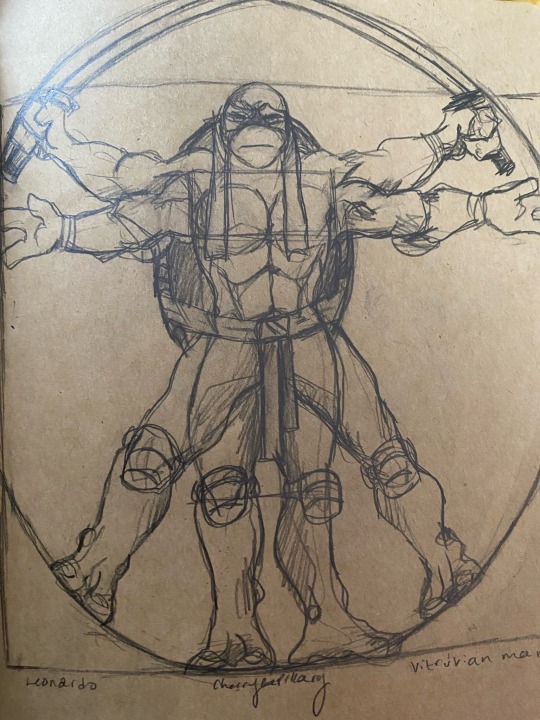
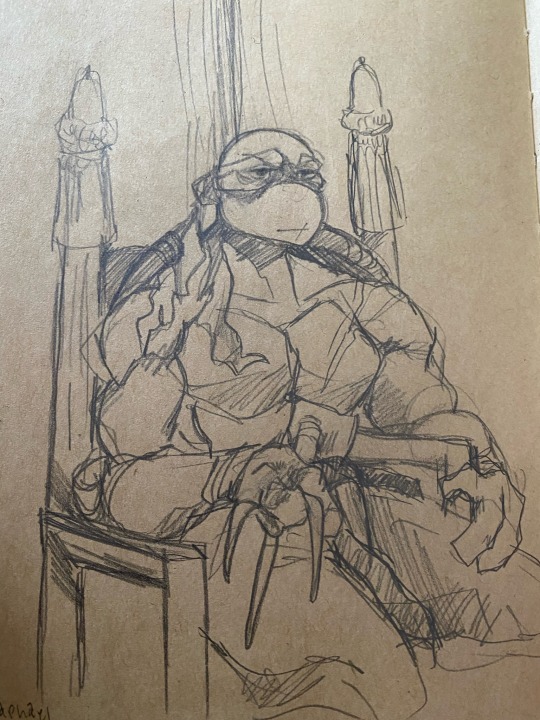
mikey as michelangelo’s david
donnie as donatello’s saint mark
leo as leonardo’s vitruvian man
raph as raphael’s portrait of pope julius ii
#my art#traditional#tmnt#teenage mutant ninja turtles#leonardo#donatello#michelangelo#raphael#portrait of pope francis ii#vitruvian man#saint mark#david#sketch#traditional art
876 notes
·
View notes
Text
Today…The dead remember!!!
9 notes
·
View notes
Text

The Lion of Saint Mark between Saints John the Baptist, Mark, Mary Magdalene and Jeronimo - Cima da Conegliano, (1459–1517) - Gallerie dell'Accademia, Venice.
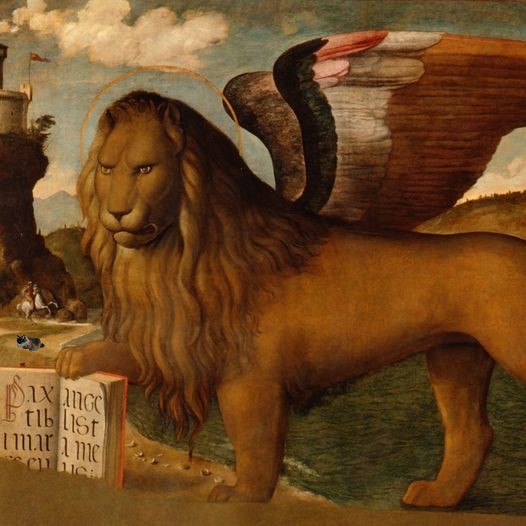
(Español / English)
Durante las épocas medieval y moderna, la mayoría de los artistas europeos no tenían forma de ver a un 𝗹𝗲𝗼𝗻𝗲 en carne y hueso.
Sin embargo, el animal era tan omnipresente en el simbolismo artístico y en el arte occidental que la ausencia de leones de carne y hueso se compensaba fácilmente con las casi infinitas representaciones que se hicieron a partir del arte clásico. Esto permitió representar animales convincentes incluso para nuestros estándares, como demuestra este león de S.Marco de 𝗖𝗶𝗺𝗮 𝗱𝗮 𝗖𝗼𝗻𝗲𝗴𝗹𝗶𝗮𝗻𝗼 (1459–1517).
Al tener que pintar el símbolo por excelencia de la Serenísima, que gustaba de identificarse con el león alado asociado al evangelista Marcos, el artista renacentista no renunció a su búsqueda de una representación realista del animal.
***
During the medieval and modern ages, most European artists had no way of seeing a 𝗹𝗲𝗼𝗻𝗲 in the flesh.
The animal was, however, so ubiquitous in artistic symbolism and Western 𝗮𝗿𝗮𝗹𝗱𝗶𝗰𝗮 that the absence of flesh and blood lions was easily compensated for by the almost endless depictions that were made from classical art onwards. This made it possible to depict convincing animals even by our standards, as this Saint Mark lion from 𝗖𝗶𝗺𝗮 𝗱𝗮 𝗖𝗼𝗻𝗲𝗴𝗹𝗶𝗮𝗻𝗼 (1459–1517) demonstrates.
Having to paint the symbol par excellence of the Serenissima, which liked to identify itself with the winged lion associated with the evangelist Mark, the Renaissance artist did not give up his quest for a realistic depiction of the animal.
2 notes
·
View notes
Text
Mappa Mundi: The Greatest Medieval Map In The World
— By Anna Bressanin | Wednesday February 14, 2024
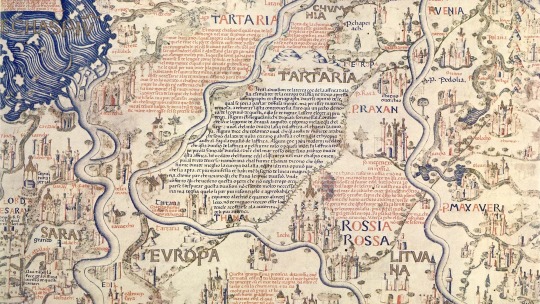
Credit: CalimaX/Alamy
From a small island in the Venetian lagoon, a 15th-Century monk somehow designed an astonishingly accurate planisphere of the world.
On the second floor of the Library of Saint Mark in Venice, a map of the world occupies an entire room – and rightfully so, considering its historical significance and imposing size (2.4m x 2.4m, bigger than a king size bed). Completed in 1459, the Mappa Mundi is the compendium of all the geographical knowledge of the time and is arguably the greatest medieval map of the world.
Almost twice as large as the famous English Hereford Mappa Mundi (ca 1300), this exquisitely decorated planisphere showcasing Europe, Africa and Asia was the masterpiece of Fra Mauro, a monk of the Camaldolese order who lived on the small Venetian island of San Michele.
Although the monk never set foot outside Venice, his Mappa Mundi is amazingly accurate in its depiction of cities, provinces, continents, rivers and mountains. America isn't on the map, since Christopher Columbus would take his trip across the ocean 33 years later; and nor is Australia. But Japan (or in Fra Mauro's words, "Cipango") is there, making its first appearance on a Western chart. Even more surprisingly, Africa is correctly drawn as circumnavigable, long before the Portuguese rounded the Cape of Good Hope in 1488.
"It's the oldest surviving medieval map," said Meredith Francesca Small, author of the book Here Begins the Dark Sea, also describing it as the most complete medieval map to survive into modernity. "It's the first map to be based on science more than religion. The Hereford map is all propaganda, religious propaganda."
While the Hereford map depicted Heaven and Hell and was designed to serve as a compendium of the world's knowledge from a spiritual perspective, Fra Mauro took a scientific approach to his cartography. He declared in his inscriptions that he would "verify the text by practical experience, investigating for many years and frequenting personas worthy of faith who have seen with their own eyes what I faithfully report here".
There's more than scientific and historical relevance to it, though. The most striking aspect of the map, which immediately catches your eye after ascending the white marble stairs of the Library of Saint Mark, where some of the world's most precious and ancient manuscripts are kept, is its sheer splendour.
"It's huge, beautiful, fantastically crafted," said historian Pieralvise Zorzi. Beyond the outlines of countries and continents, Fra Mauro's Mappa Mundi is a magnificent golden and blue painting composed of minute drawings of gorgeous palaces, bridges, sailing ships, rolling blue waves and outsized sea creatures, plus a total of 3,000 cartigli – red and blue annotations written in ancient Venetian that tell stories, anecdotes and legends.
In Norway, for instance, a cartiglio indicates the location where the Venetian merchant Pietro Querini came ashore after a shipwreck. As the tale goes, he not only survived the accident, but he brought stockfish back home, thus starting the Venetian passion for baccalà (the creamy fish spread you can find in every osteria).

The Exquisitely Decorated Mappa Mundi measures an impressive 2.4m x 2.4m. Credit: Bildagentur-online/Getty Images
Another cartiglioindicates Tharse, the "kingdom where the Magi came from", then thought to be located somewhere between China and Mongolia.
All these annotations are legible on the map, and are relatively easy to decipher for Venetian speakers since the current dialect is not dramatically different from the idiom of the 15th Century. However, the inscriptions are also translated into English on an interactive map created by the Galileo Institute and Museum in Florence. Displayed on a flat screen in the same exhibition space as the Mappa Mundi, it provides the somewhat peculiar experience of entering the mind of a savant monk and reading the world through his medieval eyes.
It was not a small world. Although Fra Mauro lived his entire life in his island monastery in the lagoon backwaters, he tapped into the knowledge of travellers and merchants who crossed paths in the flourishing trading city of Venice that was "the capital of cartography at the time", explained Saint Marks librarian Margherita Venturelli.
“Maps Were Fundamental For Trade Because If You Have A Good Map, You Can Go Everywhere”
"Maps were fundamental for trade because if you have a good map, you can go everywhere," added Zorzi. "Every innovation in terms of cartography was welcome in Venice, and well-paid."

The Library of Saint Mark is home to one of the world's most significant collections of classical texts. Credit: Mo Peerbacus/Alamy
Fra Mauro's main source for Asia was merchant and fellow Venetian Marco Polo, who had published his travel accounts more than 150 years earlier. On the map, 150 locations are directly traceable to Marco Polo's Travels; for instance, the Mount of Adam was placed in the island of Ceylon (today's Sri Lanka), where, according to legends recounted by Polo, the first man's body was believed to be buried, together with his teeth and even his bowl, which was supposed to have the magical property of multiplying food.
Besides Polo, Fra Mauro had numerous sources around the globe. The fact that the chart looks upside down to contemporary Western eyes, with the south on top, might indicate that he was inspired by Arab cartography, like a 12th-Century map by North African geographer Muhammad al-Idrisi. The numbers that Fra Mauro lists as "the Distance of Heavens" are from mathematician and astronomer Campanus de Novara. "From the centre of the world to the surface of the Earth there are 3,245 miles. From the centre of the world to the lower surface of the heavens of the Moon there are 107,936 miles," and so on, he writes in the top left corner of the Mappa Mundi.
Fra Mauro also displayed a healthy scepticism and wasn't shy of criticising – as well as sometimes using –the revered Ptolemy's Geography, a treaty written in Alexandria, Egypt, by Claudius Ptolemy in 150 CE and lost for centuries to the Western world until it was rediscovered and translated in Latin again in the 1400s.
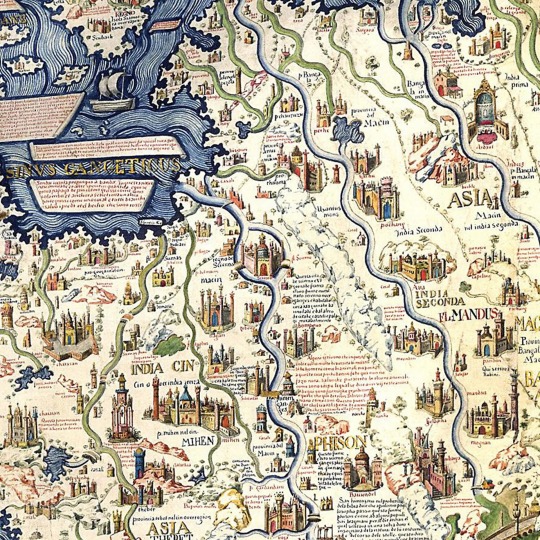
Fra Mauro's main source for Asia was merchant and fellow Venetian Marco Polo. Credit: The History Collection/Alamy
This Renaissance rationalist attitude also showed in the way he placed Adam and Eve in the Garden of Eden outside of the planisphere, making it clear that Heaven is not a place on Earth; a statement that separated religion and geography and was forward thinking for any medieval man, let alone a monk.
These novelties, and the fact that the map was completed few decades before Christopher Columbus sailed to America, contribute to Fra Mauro's Mappa Mundi being considered the geographical link between the Middle Ages and the Renaissance. To contemporary visitors, his map is a reminder of the fact that maps were once not only practical tools, but also a matter of beauty – and a way to tell the most extraordinary stories.
#Feature#History#Medieval Map#Mappa Mundi#BBC News 🗞️#Anna Bressanin#Venetian Marco Polo#Saint Mark#Library#Fra Mauro
2 notes
·
View notes
Text
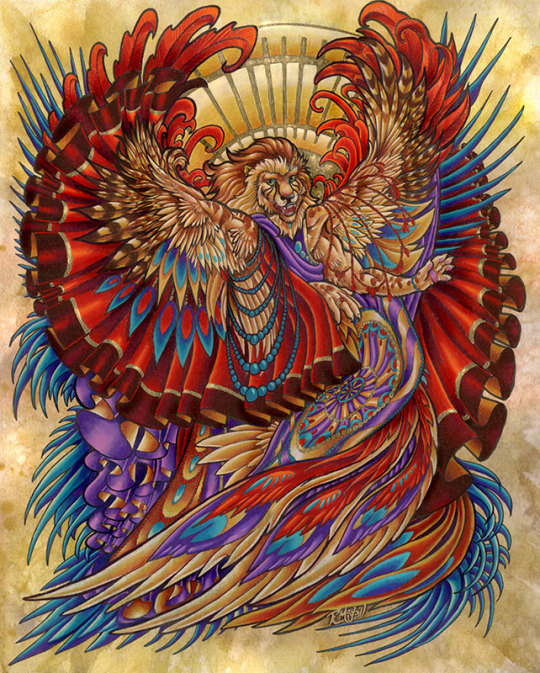
This is Expressions of Light 13 from 2011.
In truth, this was a trial run for what ended up being the next angelic critter in the series, but it wasn't working out as well as I'd wanted. I was going for something more abstract and anatomically wonky. So yes, it looks like his wings are on backwards, and there's ruffles layered into the feathers, and beads, and spiny-grassy things, and it's an asymmetrical nightmare. I enjoyed it immensely, even if the end result reads definitely a little bit off.
I made this with ink, watercolor, Prismacolor pencil, and the trusty gold paint pen.
#angel#weird angel#biblically inaccurate angel#WTF is wrong with your wings#lion angel#saint mark#feather wings#weird wings#ruffles#swag#traditional art#fantasy art#prismacolor#mixed media
8 notes
·
View notes
Photo

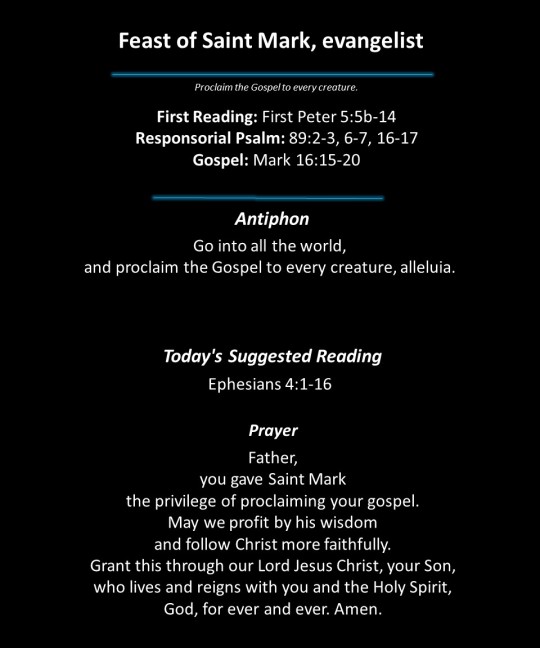
Today’s Reflection
Jesus, when he appeared in our flesh, he came to do his Father’s will that is spread the gospel, help us repent, and believe, which he did but in a limited way, for there was only so much Jesus could do as we walked among us. However, with Jesus’ ascension to his Father and with the help of the Advocate, his disciples continued the ministry of Jesus, which became open to all people and through such saints as Saint Mark, this became possible. For Mark presents to us a work, which Matthew and Luke used as one of their main sources and together, along with John gospel and Paul’s letters, we have come to know Jesus and his mission, which we are all called to follow by spreading the good news so that the next generation may come to know the risen Christ and gain eternal life.
Today’s Spiritual Links for April 25, 2023
Join the National Eucharistic Revival
Today’s Mass Readings
Today’s Reflection
The Holy Rosary
Liturgy of the Hours
New American Bible
Non-Scriptural Reading
Prime Matters
0 notes
Text

Piazza San Marco a VENEZIA
#piazza san marco#saint mark#squared#plaza#san marco#venezia#venice#venecia#veneto#italia#italy#europe#europa
133 notes
·
View notes
Text

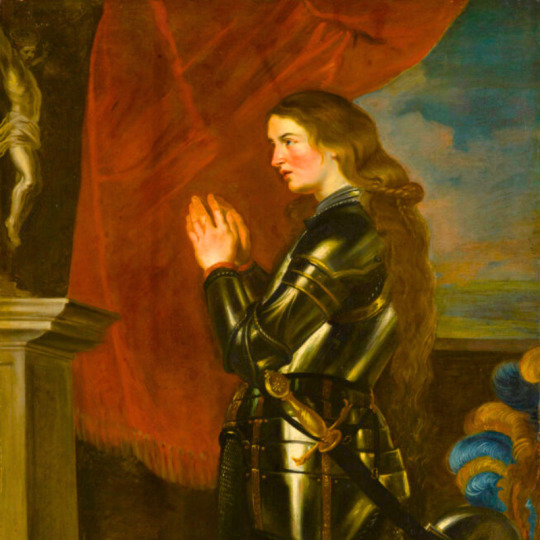

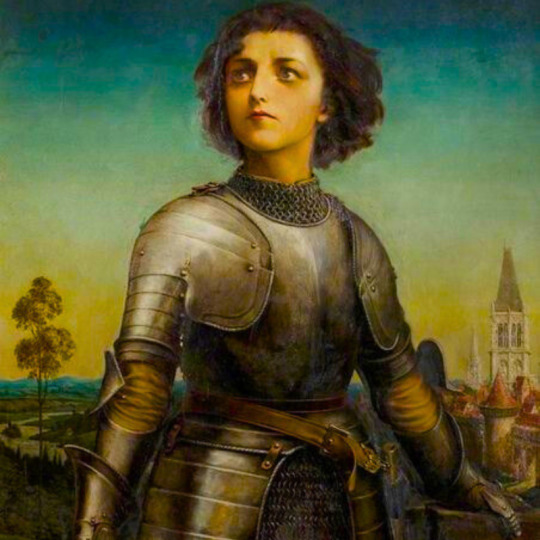
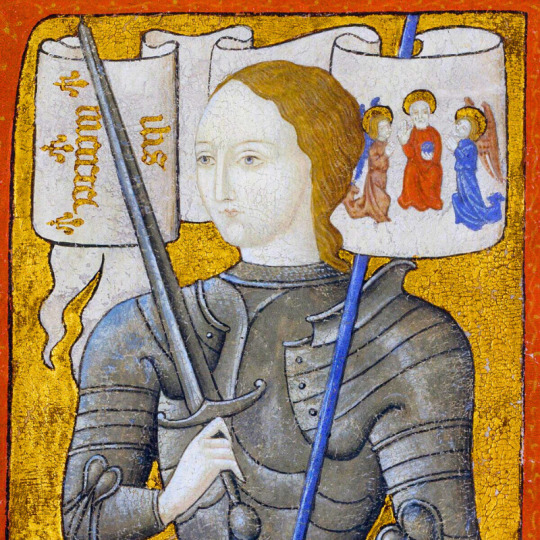
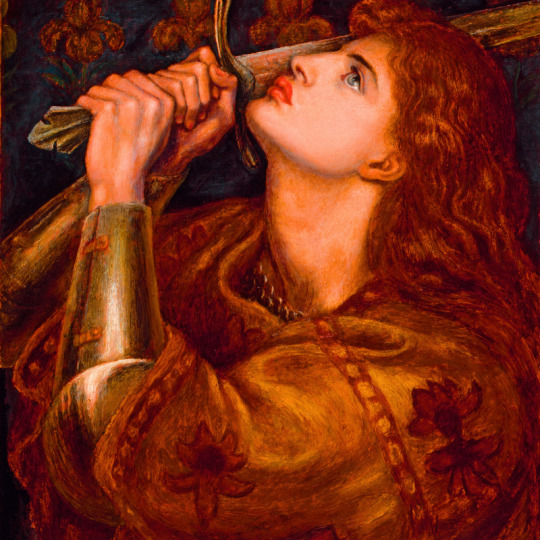

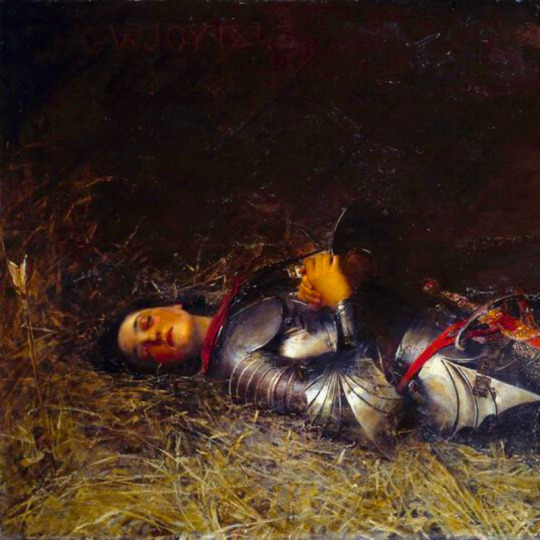
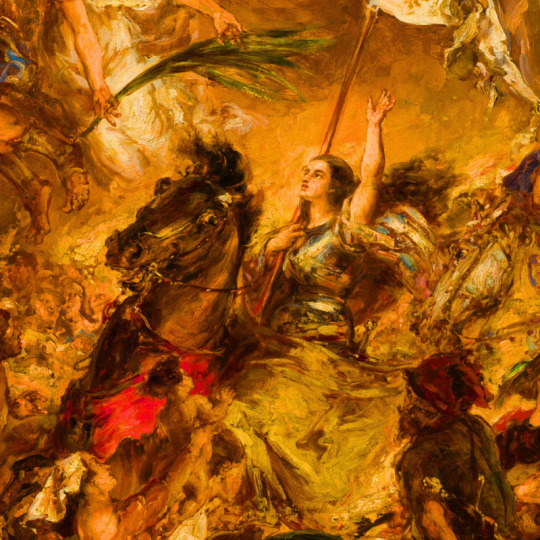
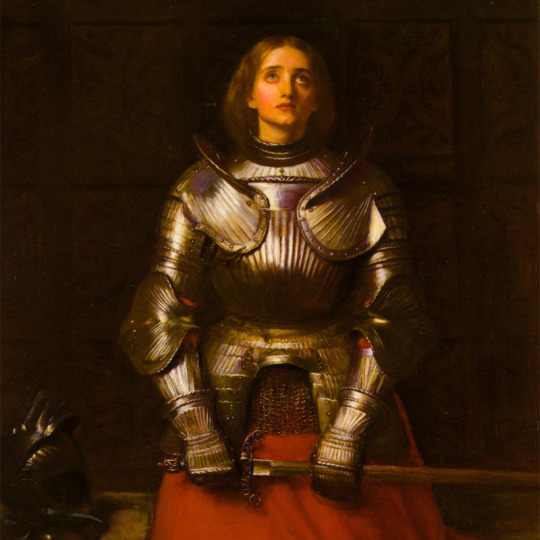

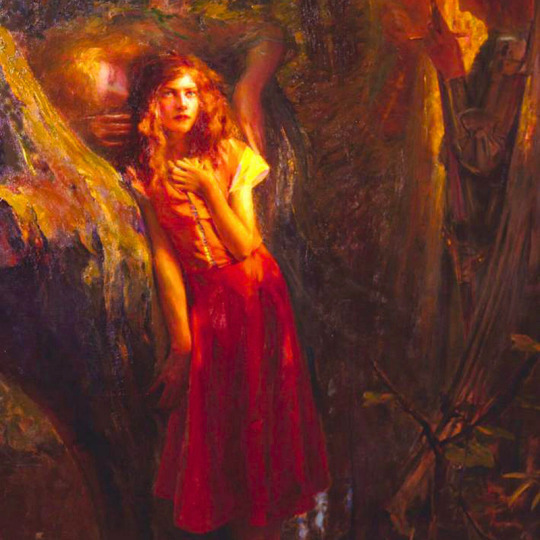
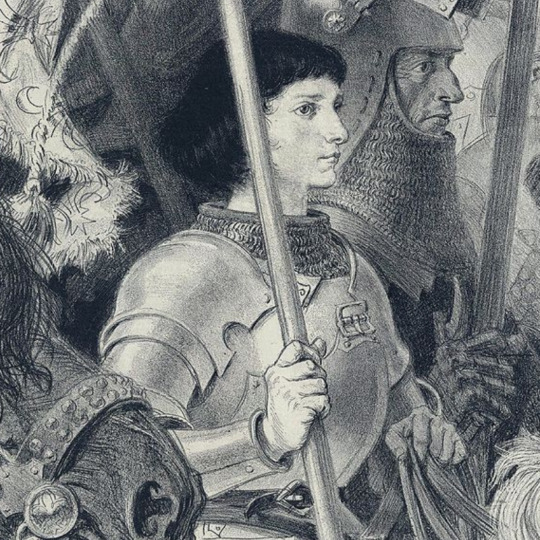
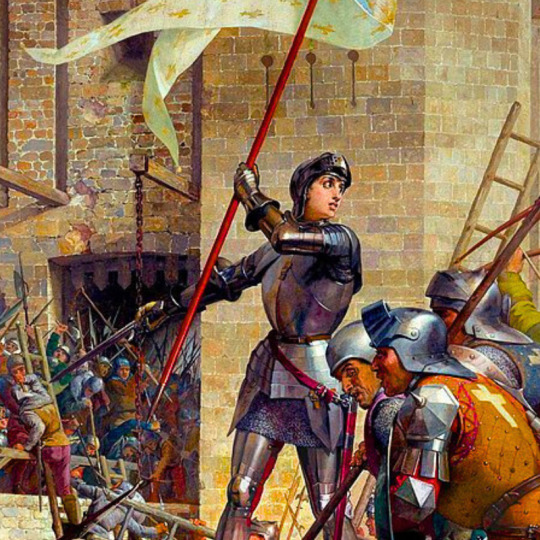
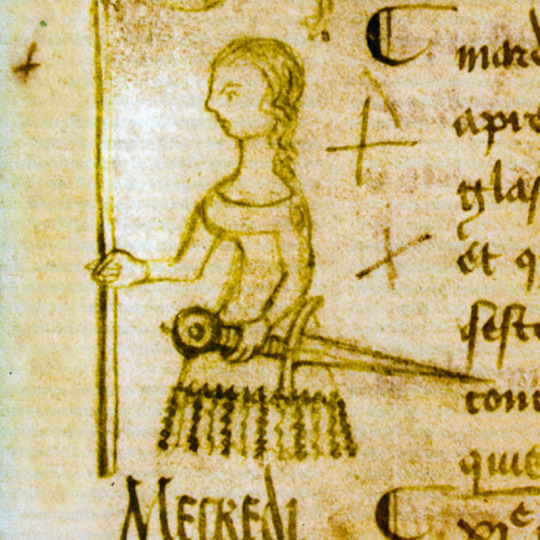

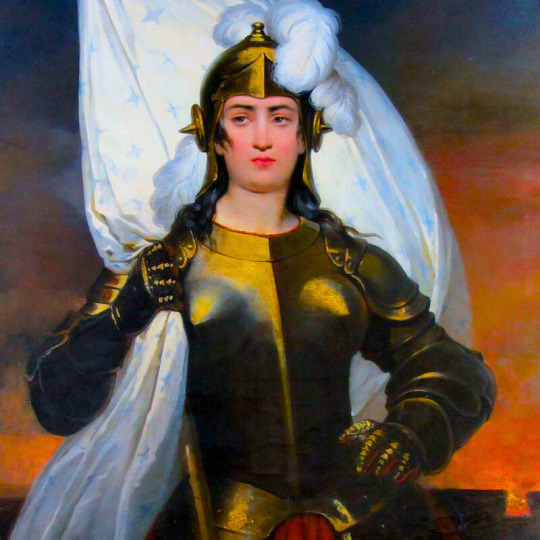
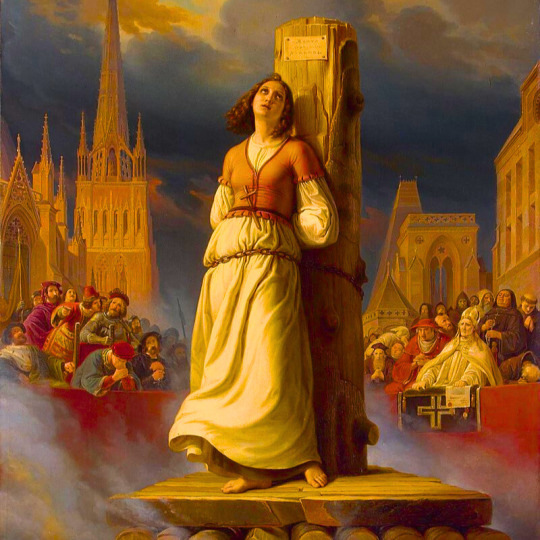

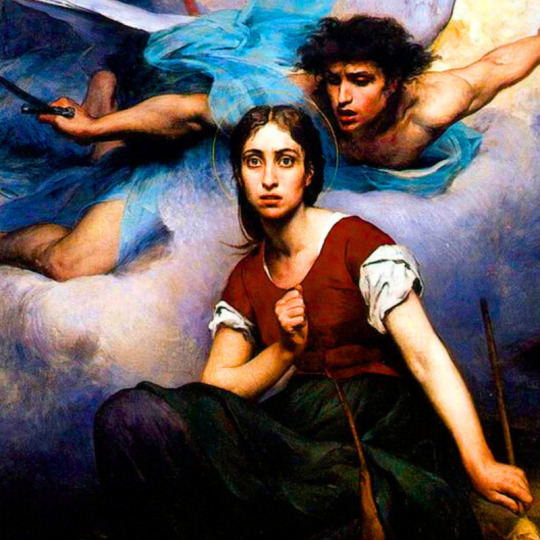

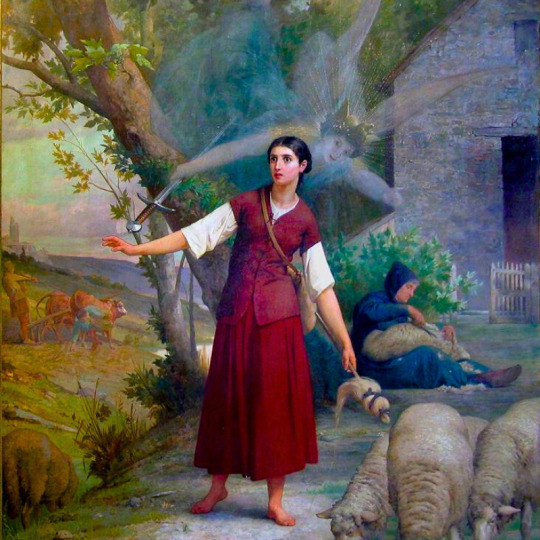
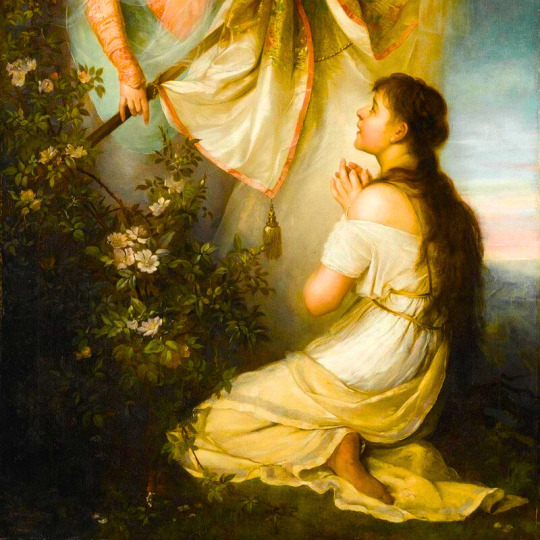

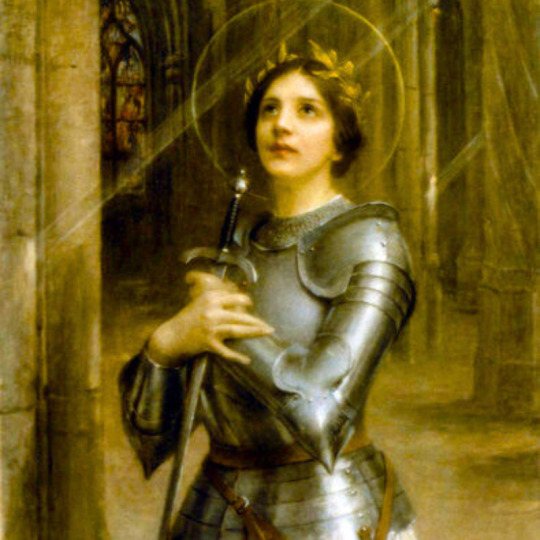

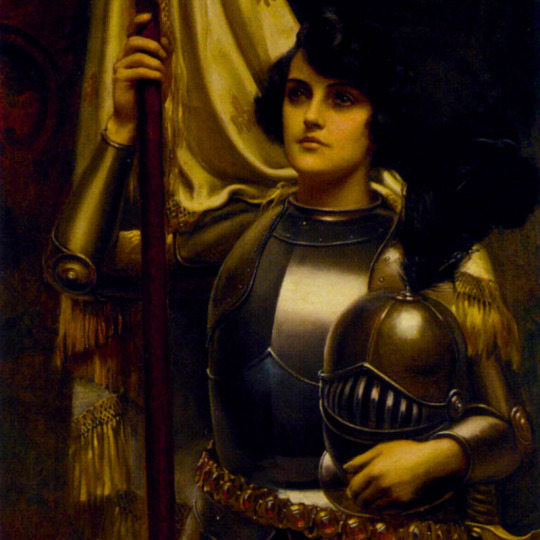
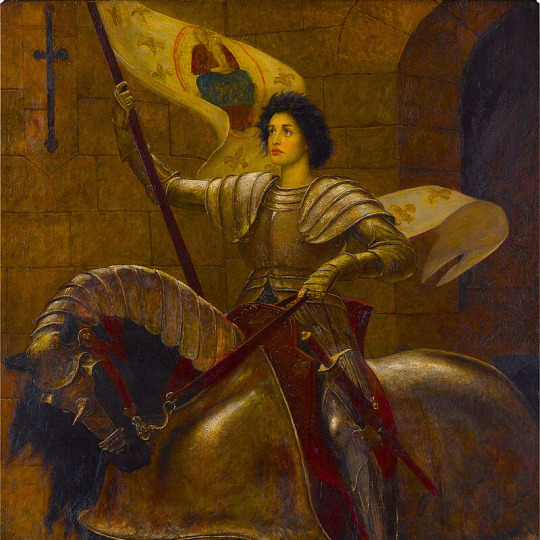

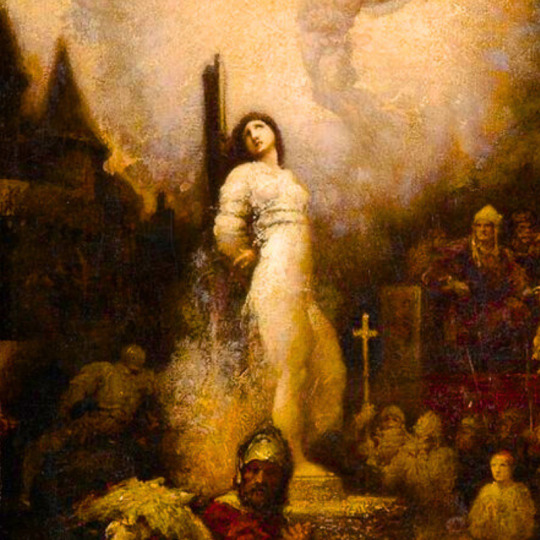
women in art: jeanne d'arc
#artist is jean-auguste dominique ingres#artist is peter paul rubens#artist is albert lynch#i dont know the artist#dont know the artist#artist is dante gabriel rossetti#-artist is jules bastien lepage#artist is george william joy#artist is jan matejko#artist is john everett millais#artist is alphonse mucha#artist is gaston bussiere#i dont know artist but its from the cover of joan arc by mark twain#artist is jules-eugene lenepveu#artist is clement de fauquembergue#artist is gillot saint-evre#artist is raymond monvoisin#artist is stilke hermann anton#artist is francois-leon benouville#artist is eugene thirion#artist is jean-jacques scherrer#--artist is jules-eguene lenepveu#artist is henryk siemiradzki#artist is paul de la boulaye#artist is charles-amable lenoir#artist is gari melchers#artist is harold h piffard#artist is william blake richmond#artist is annie swynnerton#artist is francois chifflart
717 notes
·
View notes
Text

Mark Shaw - Outfit by Yves Saint Laurent for Dior (1959)
#mark shaw#yves saint laurent#christian dior#photography#fashion photography#vintage fashion#vintage style#vintage#retro#aesthetic#beauty#fifties#50s#50s fashion#50s model#1950s#1950s fashion#editorial
153 notes
·
View notes
Text



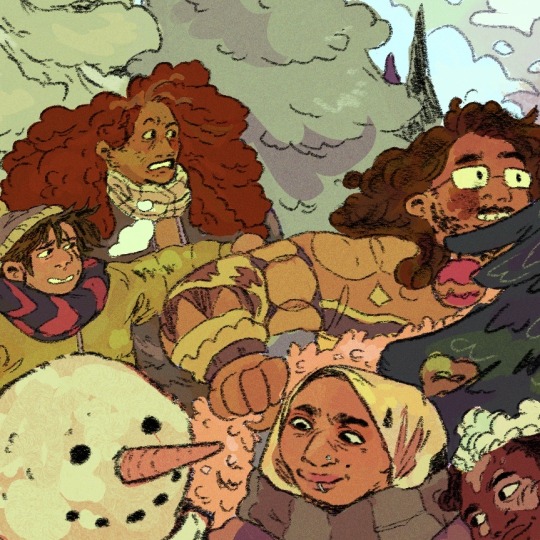
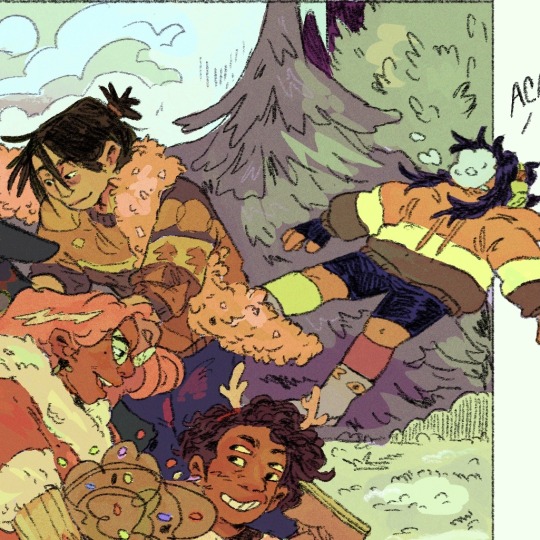
happy holidays from me and the guys i made up <3
(btw pandorica radio is 50% off rn as part of itch.io’s holiday sale :-) getchu an osgood)
#art zone#oh sees tag#illustration#character design#original character#oc art#GOD now i have to tag all of them#ok from right to left:#Joey Ramirez (OC)#<- his last name might change AGAIN btw#Arlo Logan (OC)#Danny Jefferson (OC)#Dora Salib (OC)#August Marks (OC)#Alana Rosewood (OC)#Clementine Saint-Paul (OC)#Val (OC)#Ikiru Kojima (OC)#Osgood delos Santos (OC)#fuckin we are the world in here
374 notes
·
View notes
Text




Costas Mandylor as Raymond Crowe in Sinners and Saints (2010) and Mark Hoffman in Saw VII (2010)
#costas mandylor#saw#saw vii#saw 3d#sinners and saints#mark hoffman#raymond crowe#my gifs#moviegifs#filmgifs#dailyflicks#filmedit#cinemapix#dilfgifs#costasmandyloredit#tvfilmsource#tvgifs#tvarchive
257 notes
·
View notes
Text

Mark Haber, from Saint Sebastian’s Abyss (2022)
136 notes
·
View notes